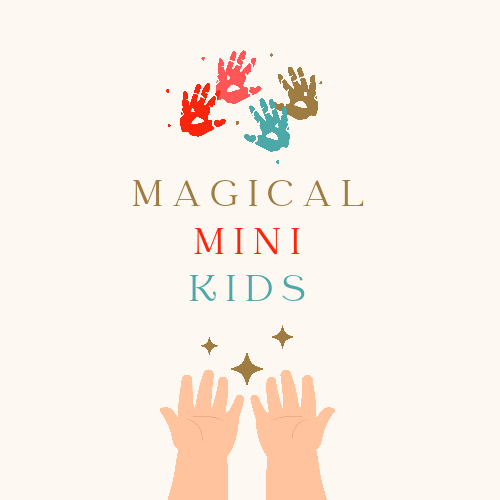
Did you know that working on a vertical surface has numerous developmental benefits?
Shoulder stability - using larger vertical surfaces such as easels, whiteboards or chalkboards, allows children to make bigger arm movements, enhancing strength and flexibility in the joints and muscles of the upper limbs. The hand also gets stronger as it works against gravity to create lines.
Posture/core strength - working in a kneeling or standing position at an upright surface can improve core strength, as children can't slouch or lean back whilst engaging in vertical activities.
Midline crossing - writing or drawing on a vertical surface requires crossing the mid line of the body with the dominant hand, which can help establish hand dominance.
Bilateral coordination - working on a vertical surface involves using both hands to hold a piece of paper and write or draw, promoting body sense awareness and strength.
Pencil grip and Wrist strength- - writing on a vertical surface naturally extends the wrist, encouraging hand stabilisation for a better pencil grasp and control.
Spatial awareness - working on a large vertical surface involves movements in different directions, making it easier for children to understand directional terms.
Hand-eye coordination - working on a vertical surface brings the task closer to the child's eyes, helping maintain visual attention and promoting hand-eye coordination.
Sensory - using a vertical surface may benefit children who fidget or prefer standing whilst working.

